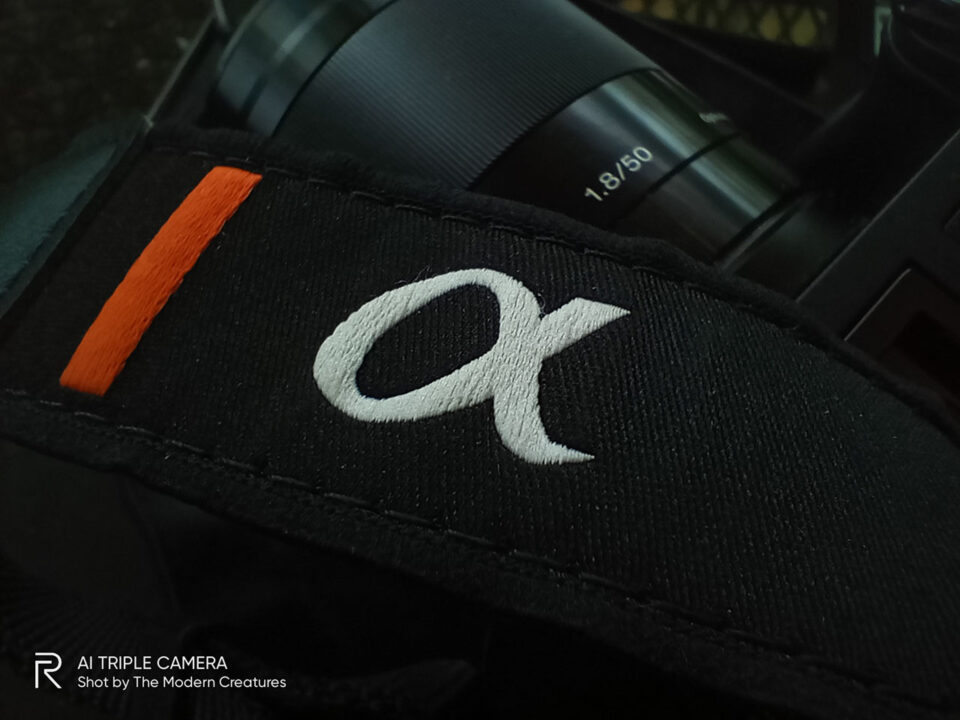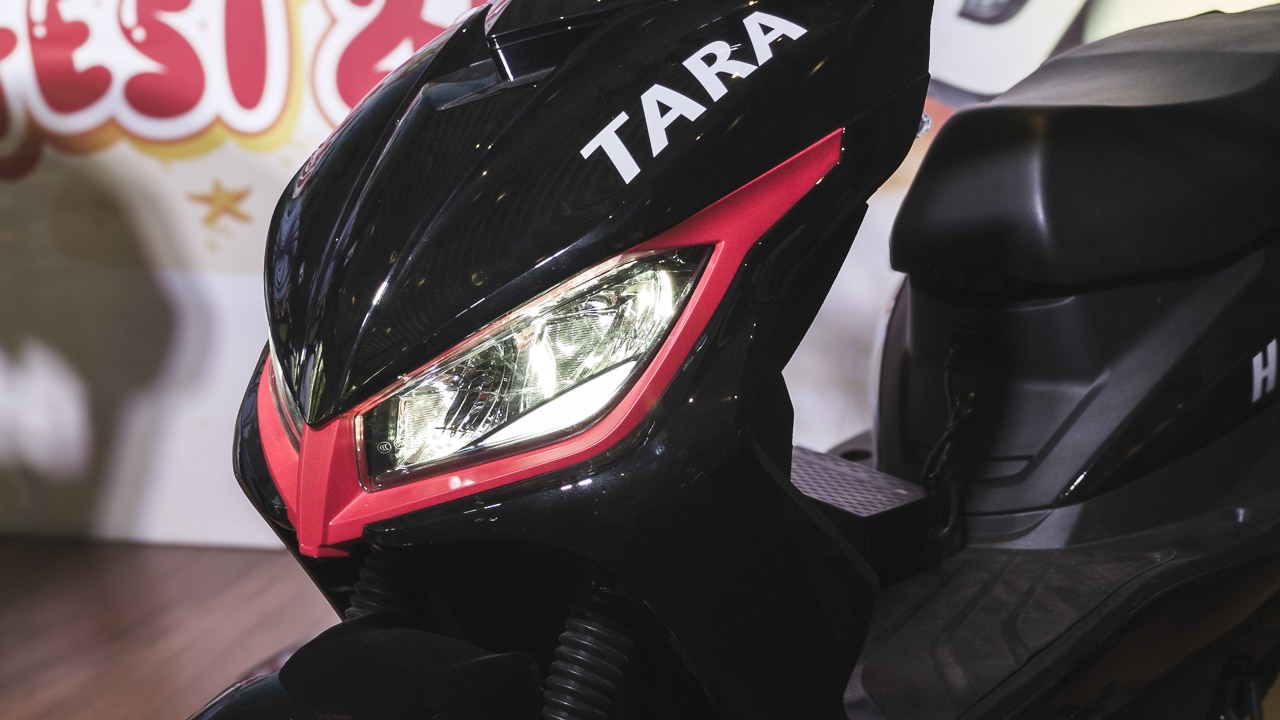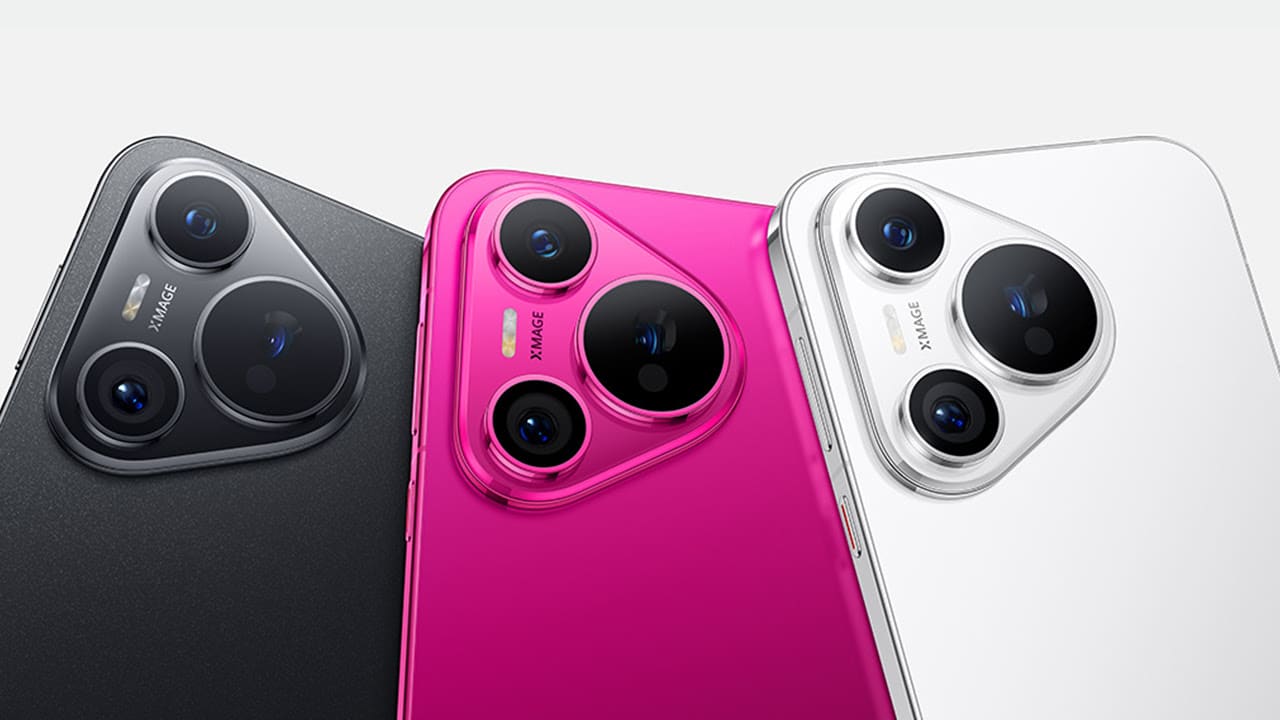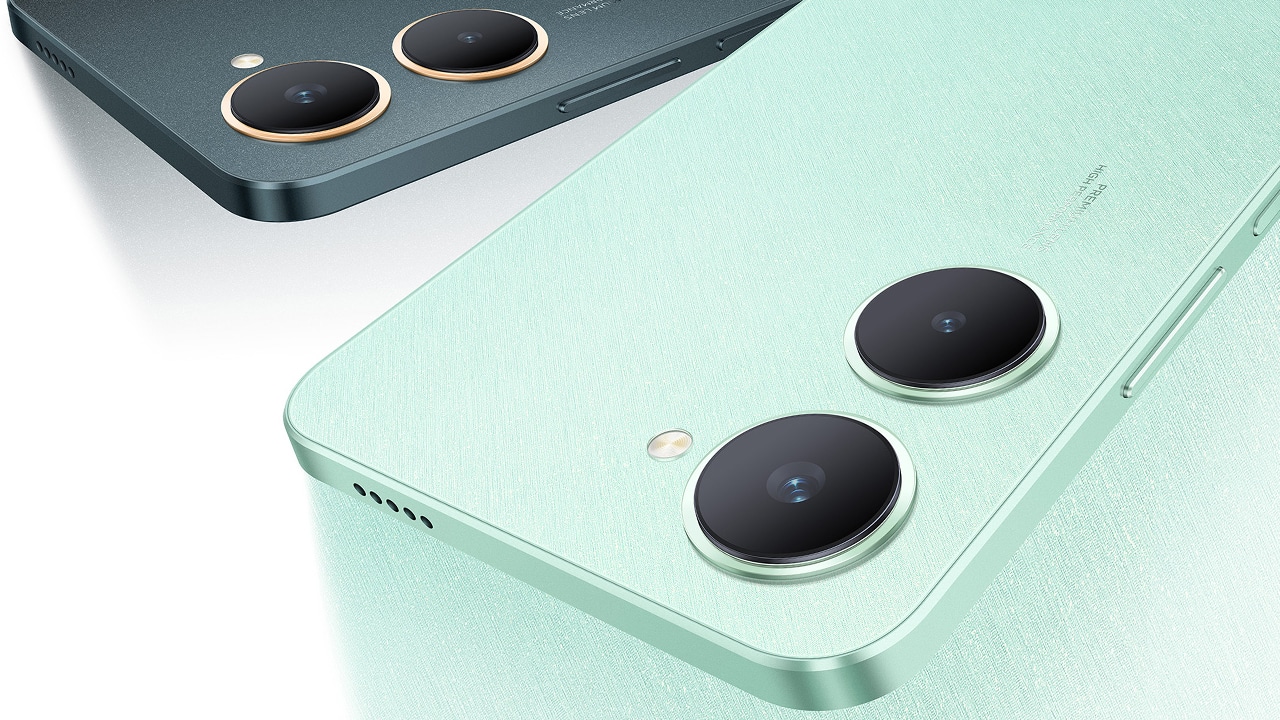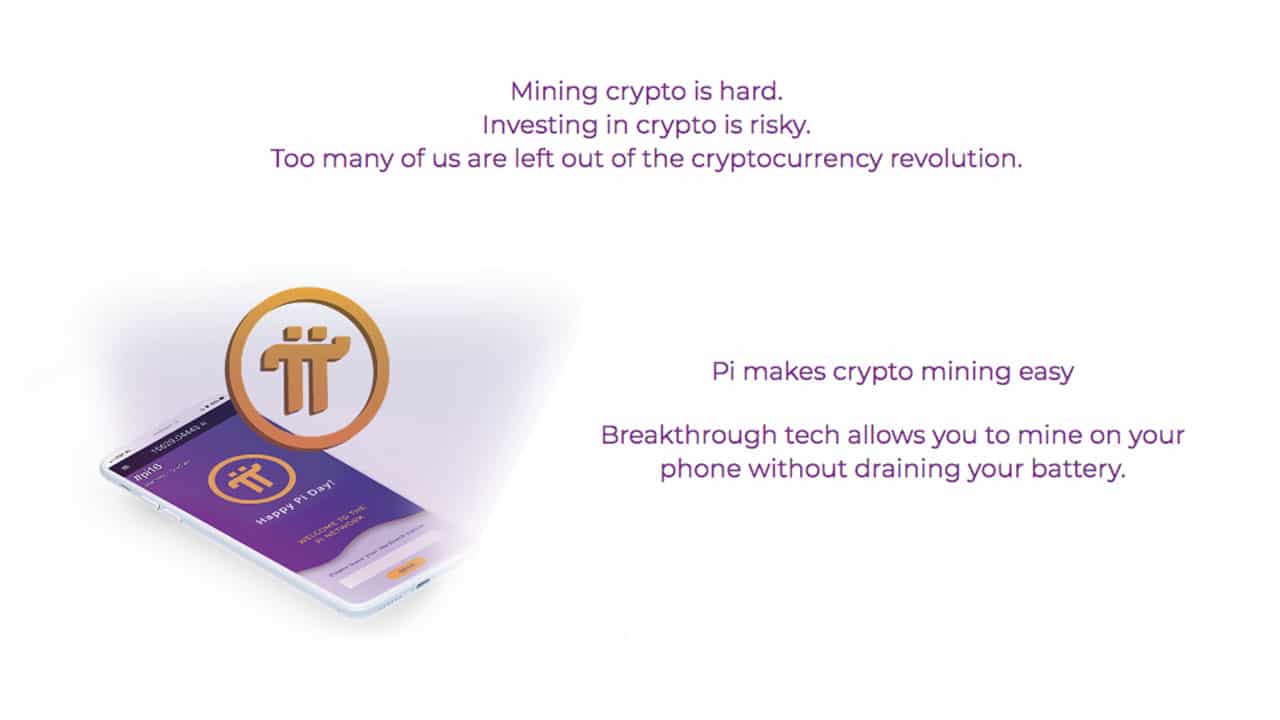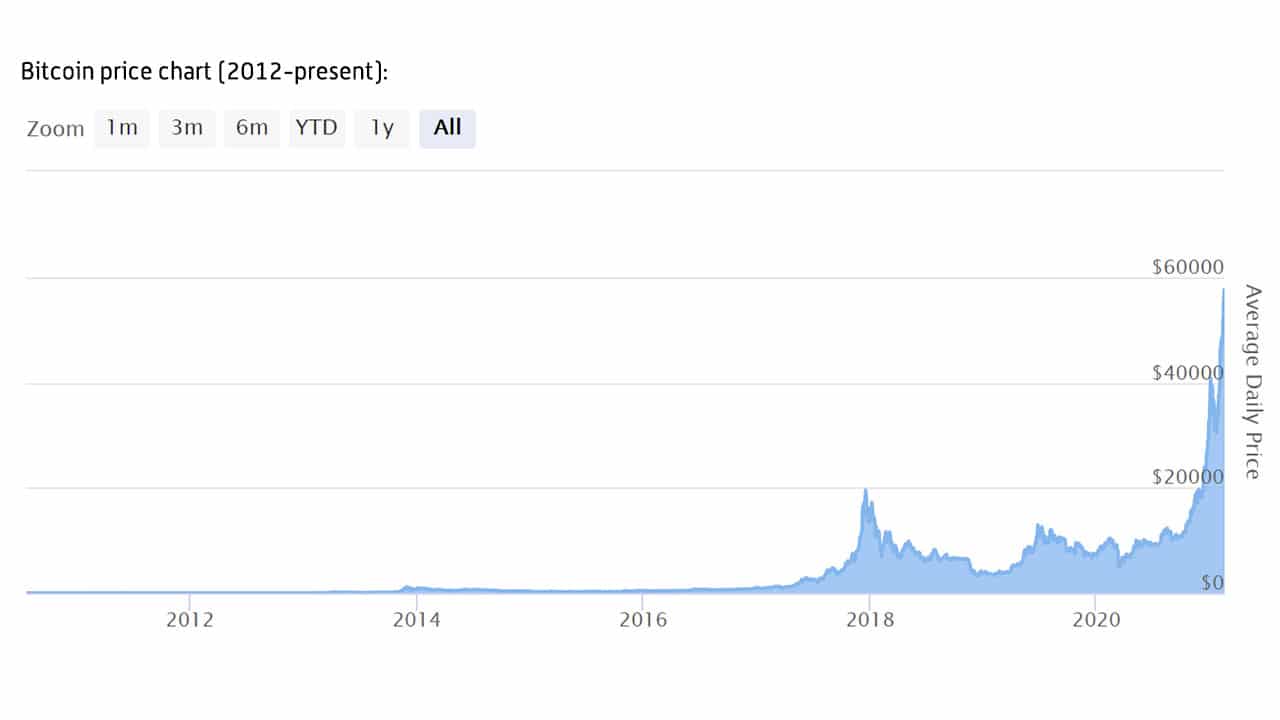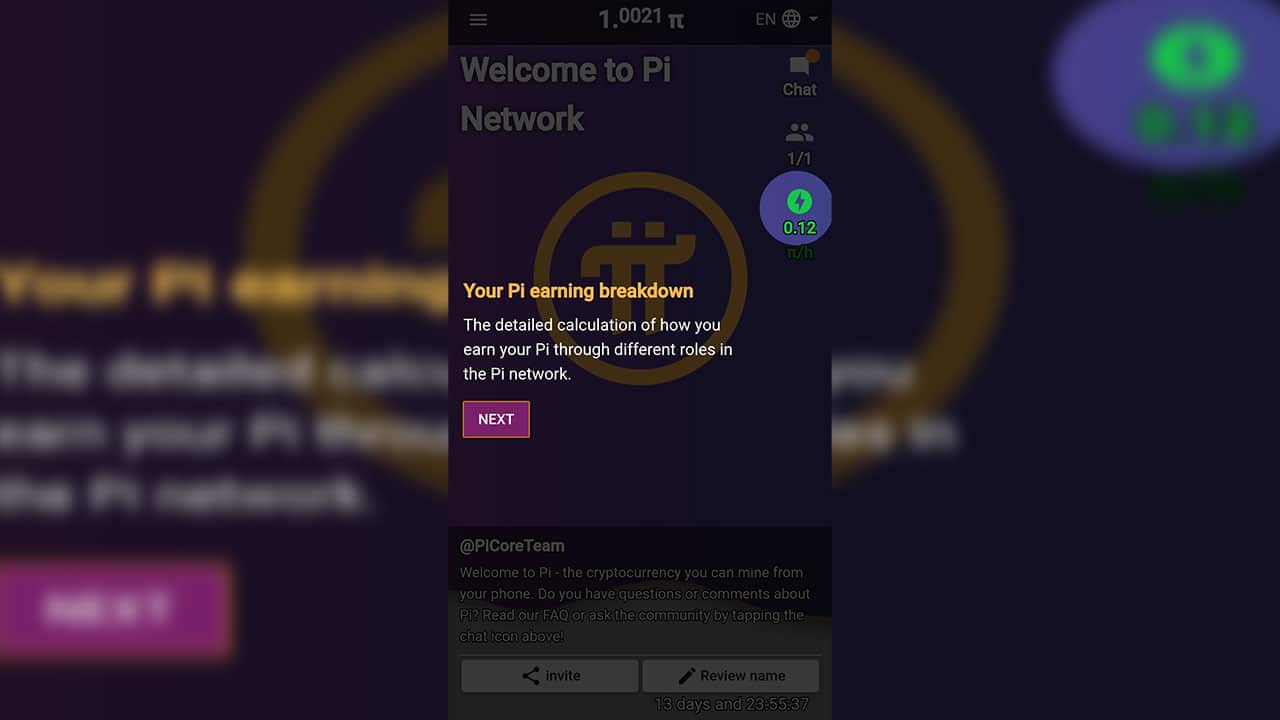Just recently, realme Philippines successfully launched the C15 smartphone in the country with 6000mAh battery and fast 18W charging. And it hasn’t even been a month and we have its younger sibling here with us — the realme C12.
It’s still the same battery monster but with a price tag of just PhP 5,990, some cuts had to be made. Join us and see how the realme C12 performs on a daily basis.
Design
When it comes to the overall design, you’re pretty much seeing the C15 on the C12. They have the same size, geometric gradient pattern on their backs, and even have the same square camera module at the upper left corner.
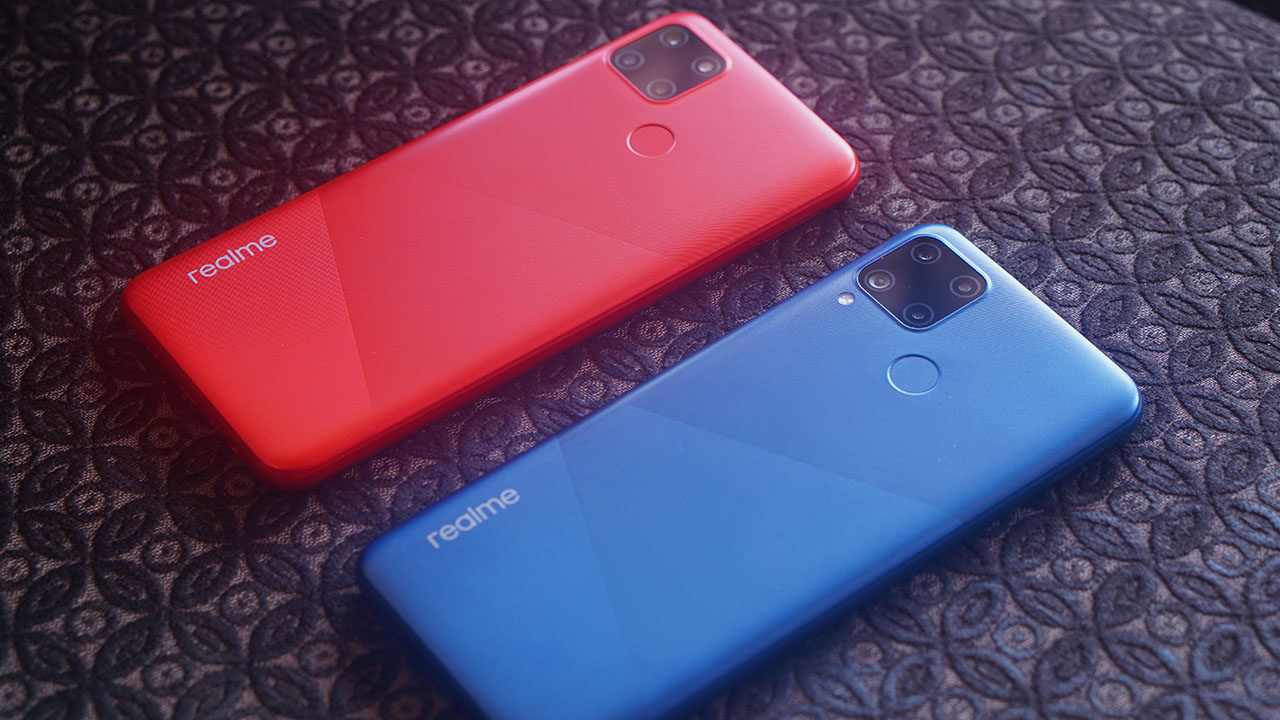
From this angle, we also see both fingerprint scanners and the only difference here is the quad-camera setup the C15 carries while the C12 has a triple shooter system going on. We also see the C12’s LED flash moving into the camera module.
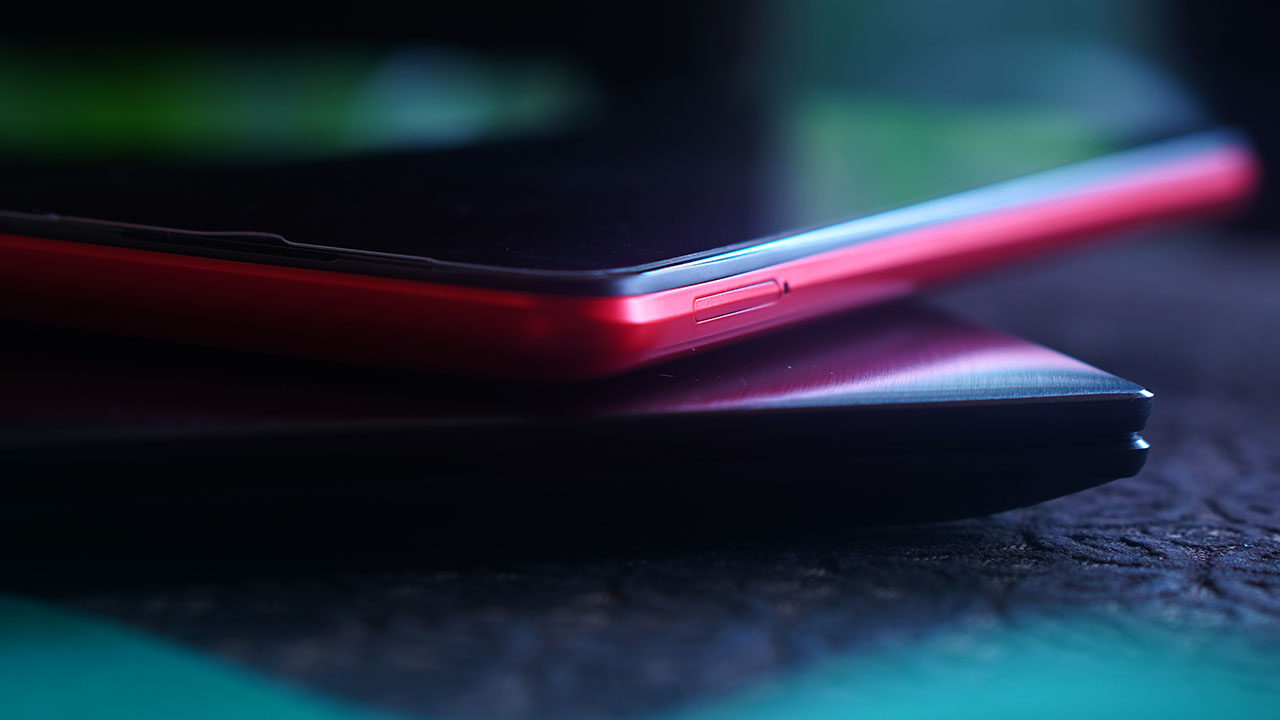
Just like before, the C12 has the power and lock button on the right side along with the volume rocker. The left houses dual nano-SIM cards plus a microSD slot for storage expansion.
And of course, we have the same layout below for the 3.5mm audio jack, micro-USB port, and speaker grille.
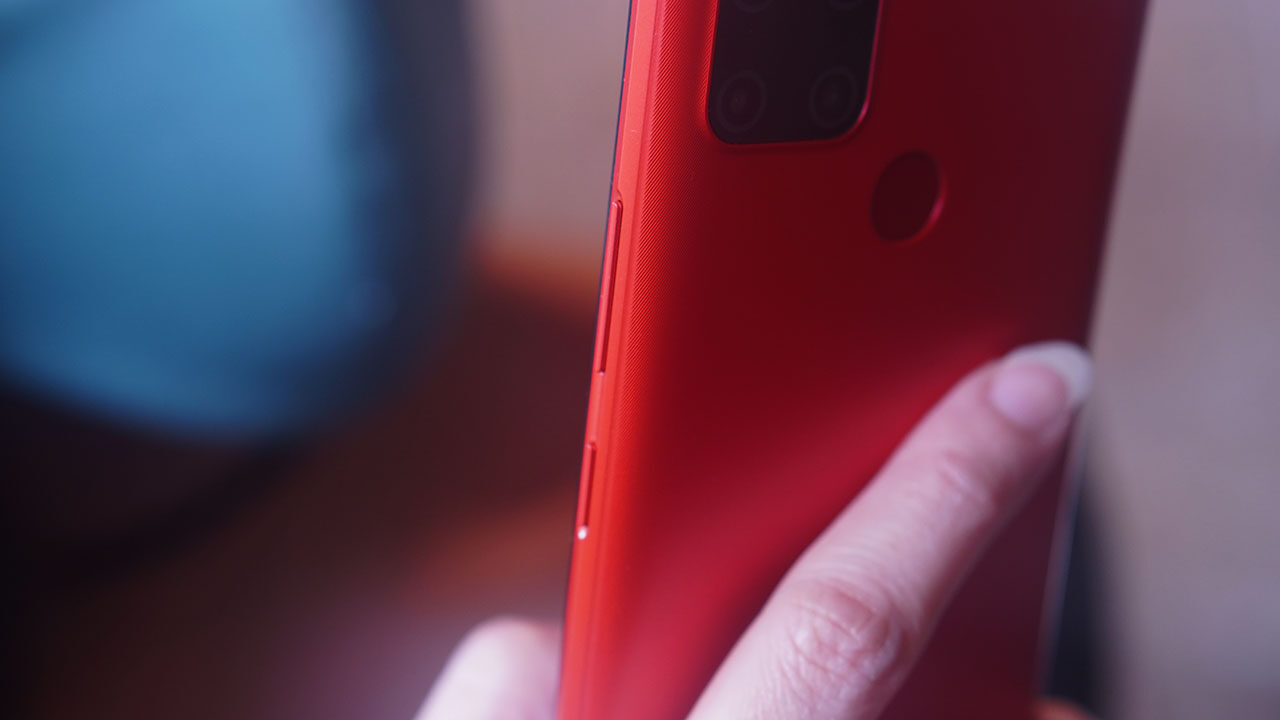
If you haven’t seen our C15 review, we mentioned that having this geometric gradient design adds texture that feels good to the hands and adds a bit of grip. This is still the same for the C12 and we like that its design is simple yet adds a more premium feel to the device.
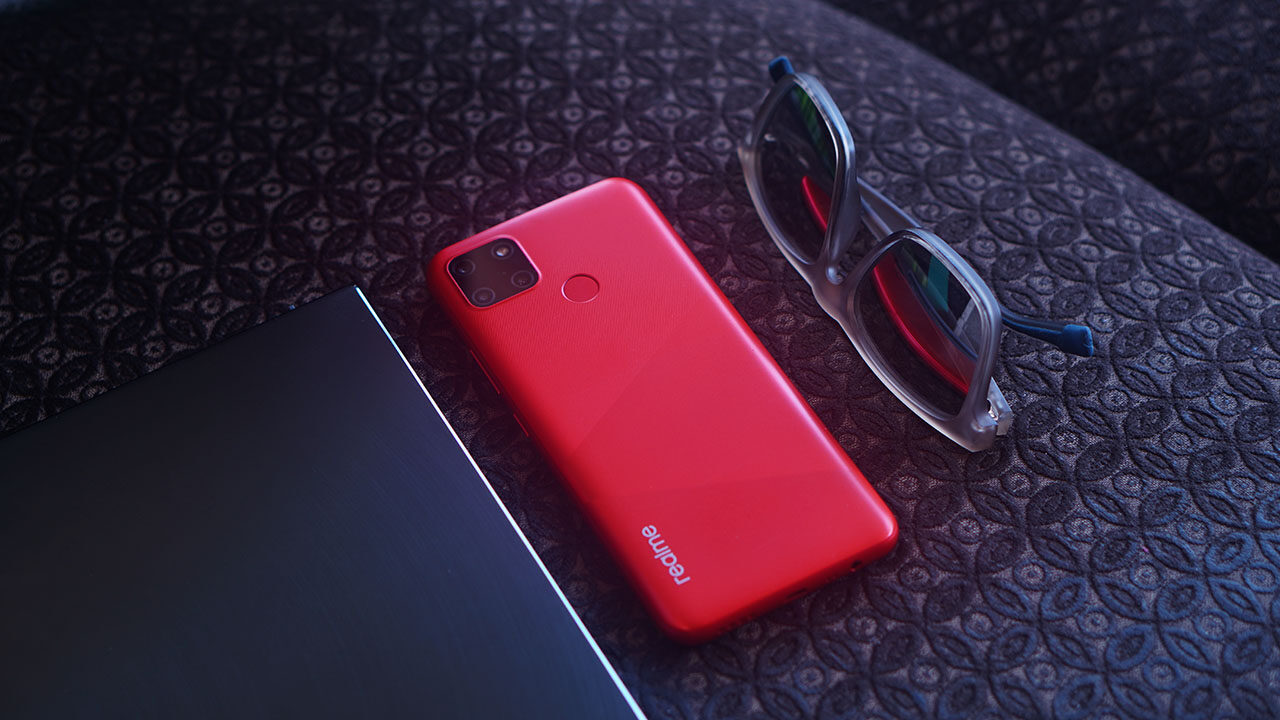
For the C12, we have Marine Blue and this Coral Red as color options.
Display and Multimedia
Up front, the C12 has the same 6.5-inch HD+ screen with a mini drop notch for its front-facing camera. Narrow bezels achieve an almost full display performance with an 88.7% screen-to-body ratio.
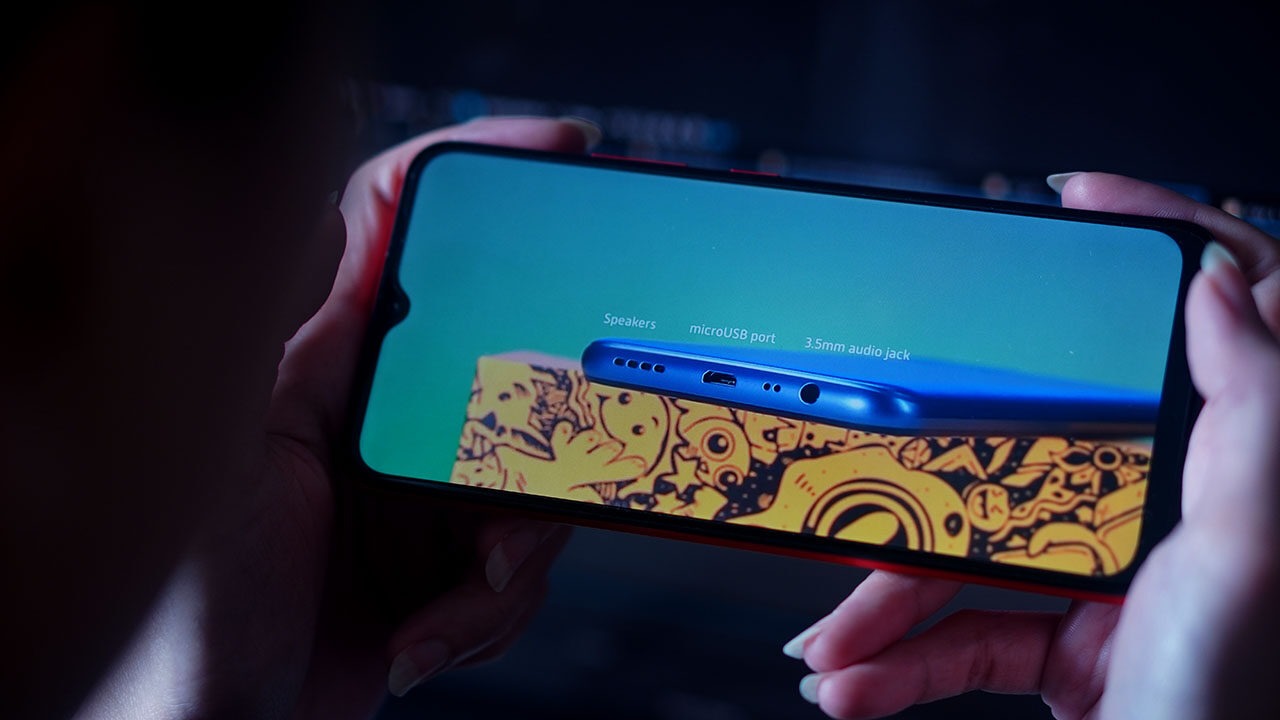
We had no complaints with the C12’s color and are satisfied with how the colors and brightness are vibrant and bright, respectively. Plus, the display is reinforced with Corning’s Gorilla Glass so that’s an added protection against scratches and mild drops.
The bottom-firing speaker produced decent volume and quality, but just like with any phone with speakers in this orientation, it’s easy to block when watching videos in full screen or playing games in landscape view. Thankfully, a headphone jack is around to solve this issue.
Cameras
As mentioned earlier, one of the main differences between the C15 and C12 is the camera setup. For the C15, you have the main shooter, a secondary wide-angle lens, and dual 2-megapixel sensors for added clarity and effects.
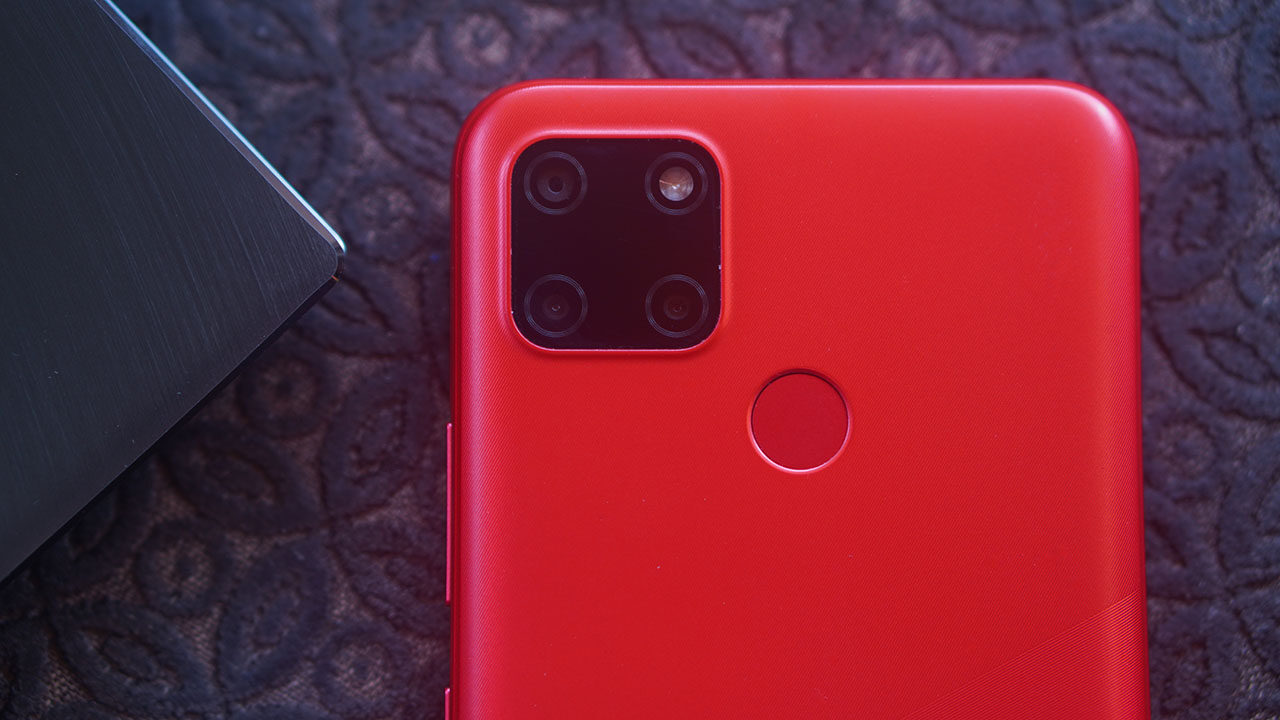
The C12, on the other hand, goes for a 13-megapixel main, 2-megapixel black and white, and another 2-megapixel shooter for macro. The main sensor also carries digital zoom up to 4x in case you need to get closer to your subject.
Photos taken with its cameras have good detail in them and is definitely enough for social media posting. Colors are balanced and vibrant as long as enough light is present and when it gets dim, its Nightscape feature takes advantage of its F2.2 aperture to let more light in and produce clearer photos.
Additionally, the main shooter has Phase Detection Autofocus for quicker focusing times.
The front camera has been downgraded a bit. From an 8-megapixel sensor on the C15, it’s now a 5-megapixel selfie camera with AI for beautification effects. Selfies are decent, but its beautification filters sometimes make the face look super white — a common experience when filters go overboard.
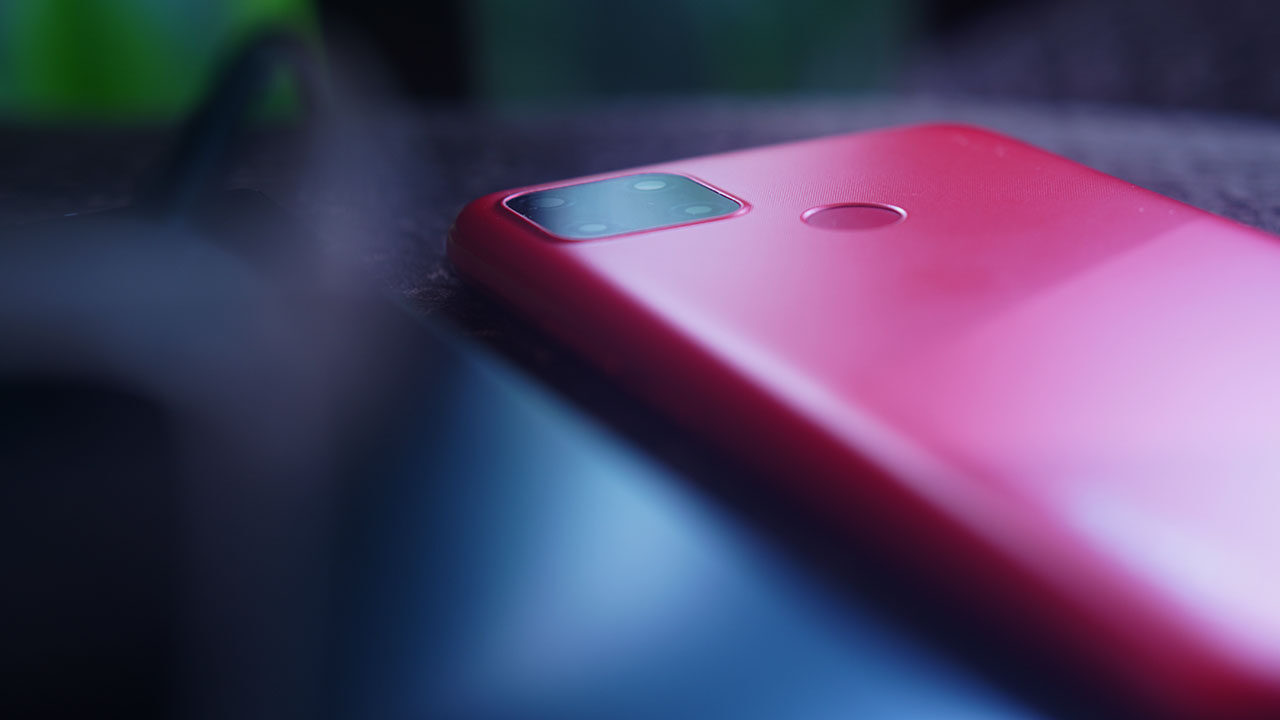
For the camera department, we can confidently say the C12 is armed with capable optics that will give you the tools you need to easily capture day-to-day events.
Performance
Inside, the C12 is armed with the same Helio G35 CPU that we’ve seen on the C15. This means you get a gaming-focused processor targeted especially for better performance on more affordable devices. It’s then partnered with 3GB of RAM and 32GB of internal storage which is expandable via its microSD slot.
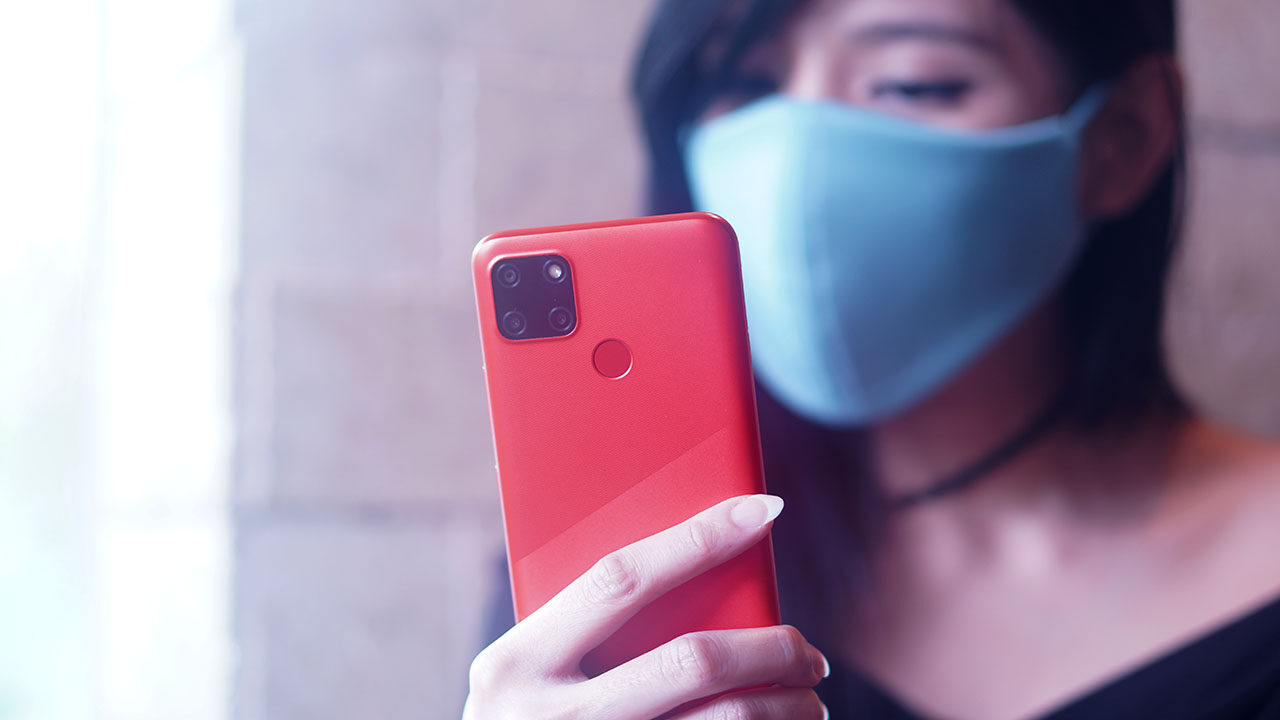
Together, they work to provide a smooth and lag-free experience for the user. We had it for more than a week as our daily driver and it was a reliable device that handled usual tasks easily.
Surfing the web, watching shows, playing games, listening to music, and other things were done without any real noticeable hiccups. And as previously encountered, it does take a lot of working apps before the device started showing signs of slowing down.
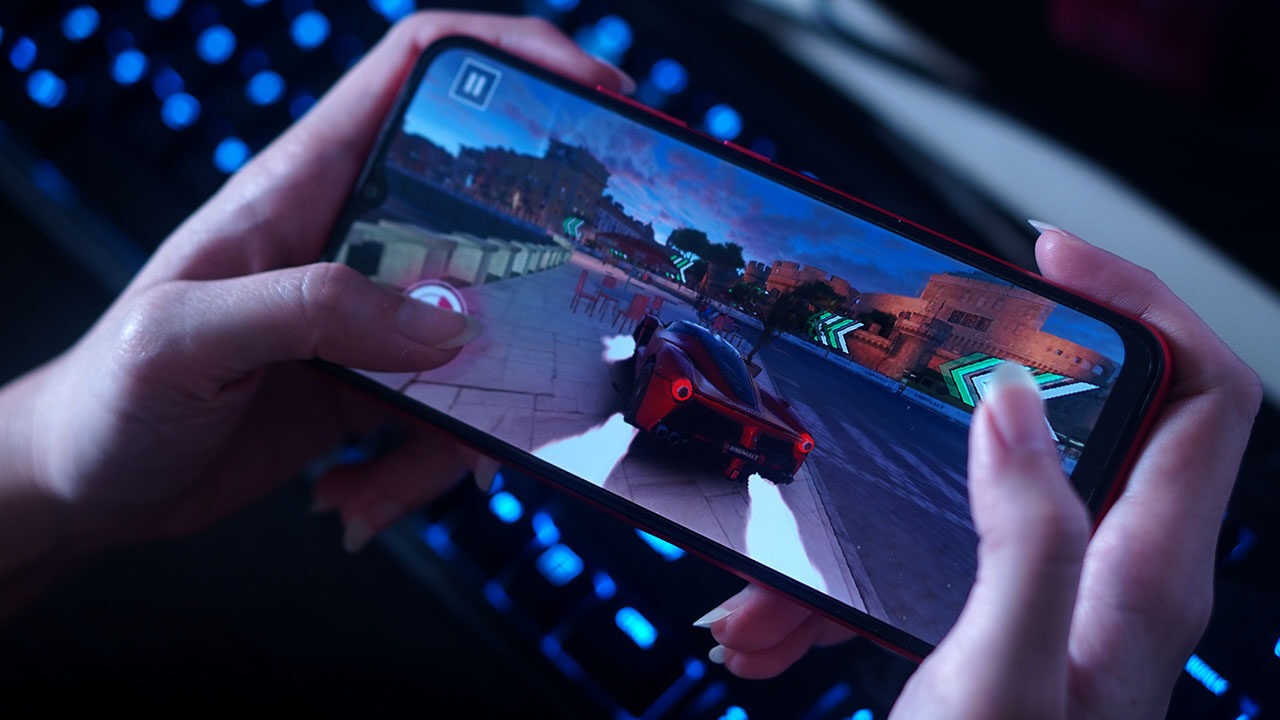
Using it for video calls and online conferences, its 4G LTE made sure connectivity is stable throughout while its display is big enough to see everyone participating in the call. After work, we also used it for kicking back while streaming on Netflix and they were altogether enjoyable experiences.

Do take note, though, the realme C12 is just available in 3GB RAM and 32GB storage variant unlike the C15 that comes in 3GB/64GB and 4GB/64GB options.
Running on Android 10 with realme UI, system icons and colors are bright, saturated, and still bring a youthfulness to the overall skin. Features like Dual Mode Music Share which allows the use of both wired and wireless headphones at the same time, Focus Mode, and Dark Mode are still present. Additional features include 3-finger selected screenshot and personal information protection.
Battery
For battery, it does carry the same 6000mAh capacity but it no longer comes with an 18W fast charger. Instead, it utilizes a normal 10W charging in order to be able to make it more affordable.
You do have the same Super Power Saving Mode, though, so running different apps and even streaming videos wouldn’t drain the battery that much.

Of course, we subjected it to heavy testing parameters that include streaming an HD video on YouTube with Wi-Fi on, brightness set at maximum, and audio to about 75%. The device was able to last more than 13 hours of continuous playback before we needed to plug it again. In real-life scenarios, an entire day of moderate usage still leaves about 35% on its battery when night time comes.
Meanwhile, charging takes a little over three hours which is still not bad considering the amount of battery capacity this phone has.
Just like the C15, the C12 can support wired reverse charging in case you have other devices that need power while you’re on-the-go. In case you need to charge another smartphone or a smartwatch, simply use a USB-OTG cable with micro-USB.
Creature Feature
As always, in our reviews, The Modern Creatures aims to look for special features in a device that make it worth having. Some things that give the product an edge over its peers. For the realme C12, it’s not exactly a feature, but the price as it gives options for users to go for a more affordable smartphone with a big battery, capable internals, and decent cameras.
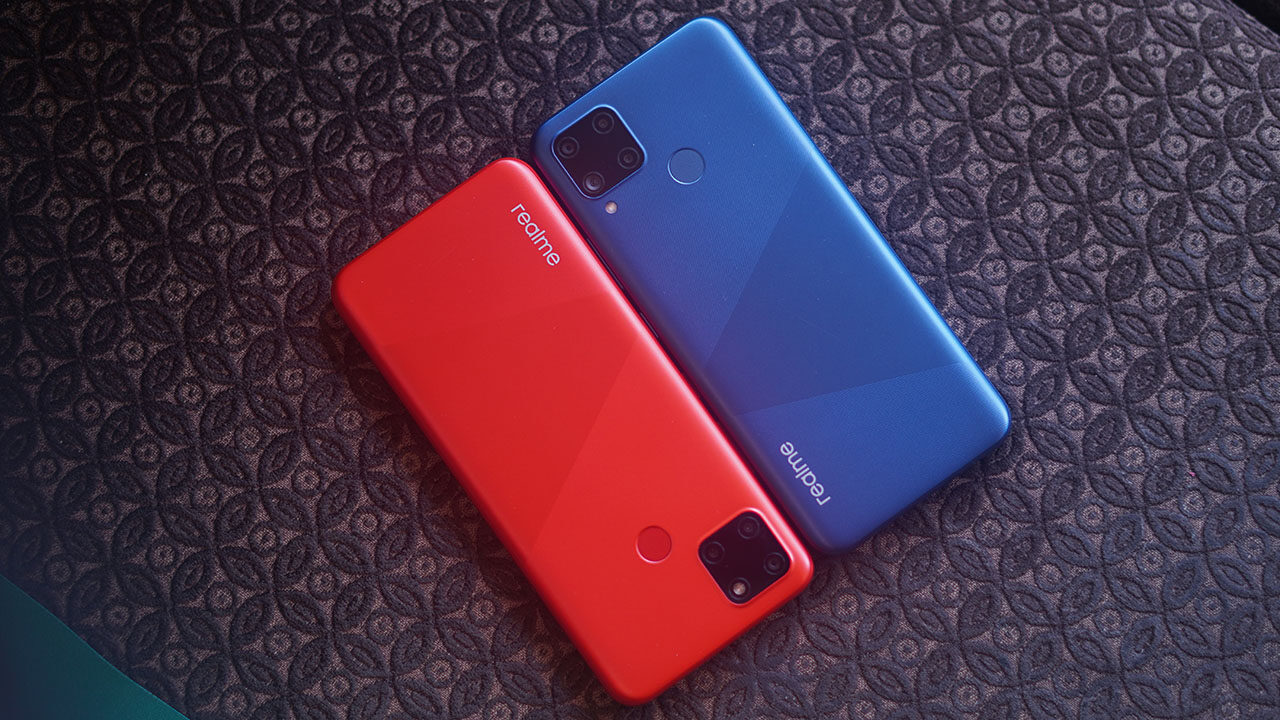
With all the offerings and features the C12 has, it’s almost a steal at PhP 5,990. With it, you can download apps that could help in online studies or working from home, plug in a pair of headphones and stream movies and TV shows, and last the entire day without looking for its charger and even offer to give power to other devices as well.
realme couldn’t have chosen a better timing to offer such performances at an affordable price as a lot of us are still transitioning to this new normal while being watchful of the things we spend on.
If you want something with more features, the realme C15 is also a competitive offering starting at PhP 6,490. Below is our video review:
realme C12 specs:
6.5-inch HD+ mini-drop full screen display, 1600 x 720 resolution
Corning Gorilla Glass
2.3GHz MediaTek Helio G35 octa-core CPU
PowerVR GE8320 GPU
3GB RAM
32GB internal storage, expandable via microSD card
13MP main, 2MP B&W, 2MP macro
5MP front camera
Dual nano-SIM
4G LTE
3.5mm headphone jack
microUSB
Android 10 with realme UI
6000mAh battery with 10W charging
Marine Blue, Coral Red




